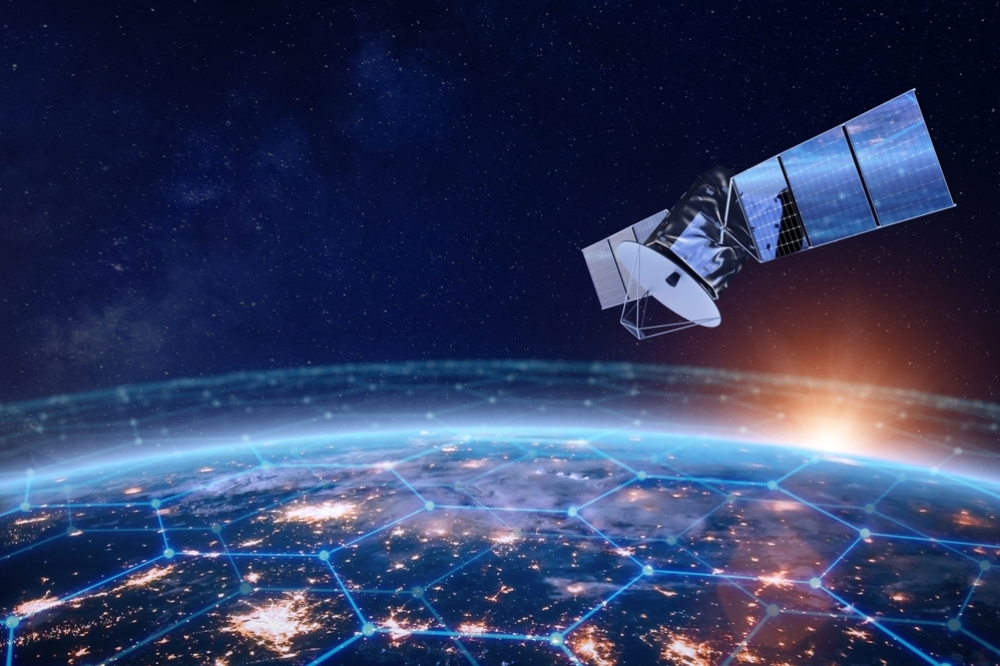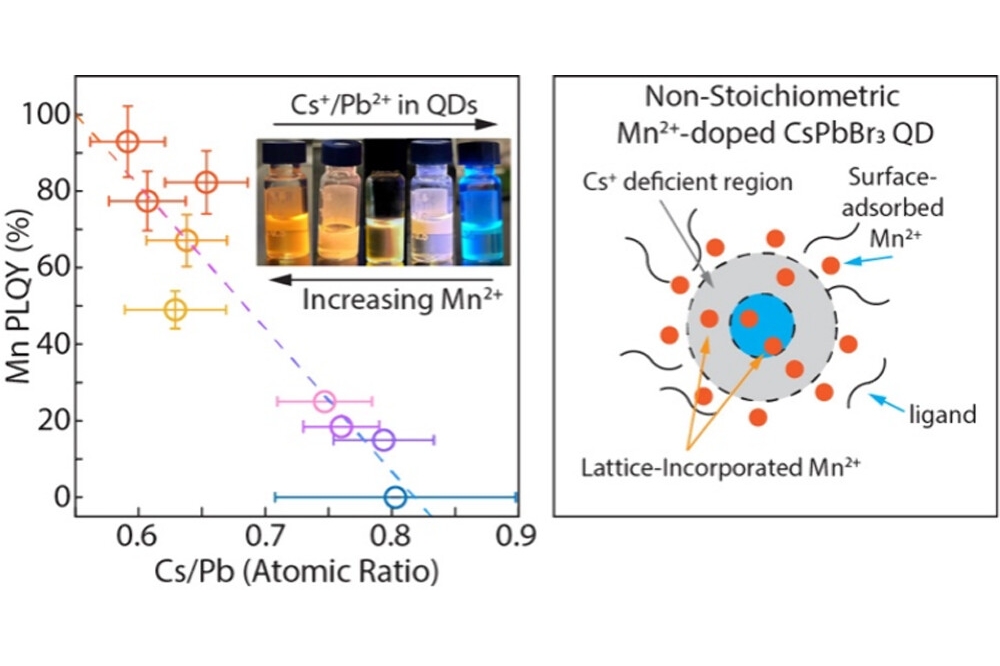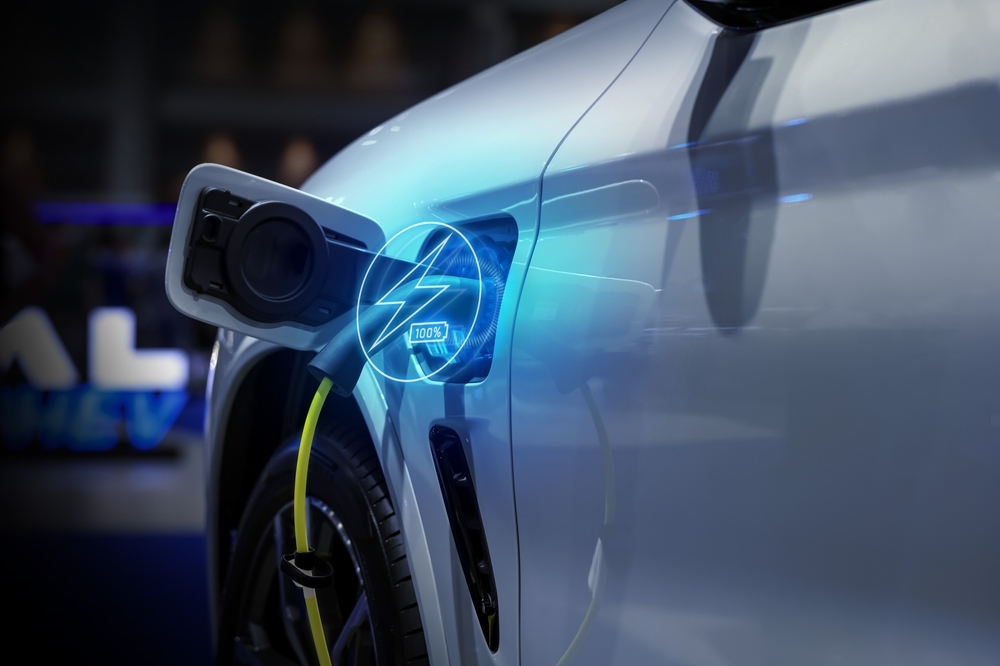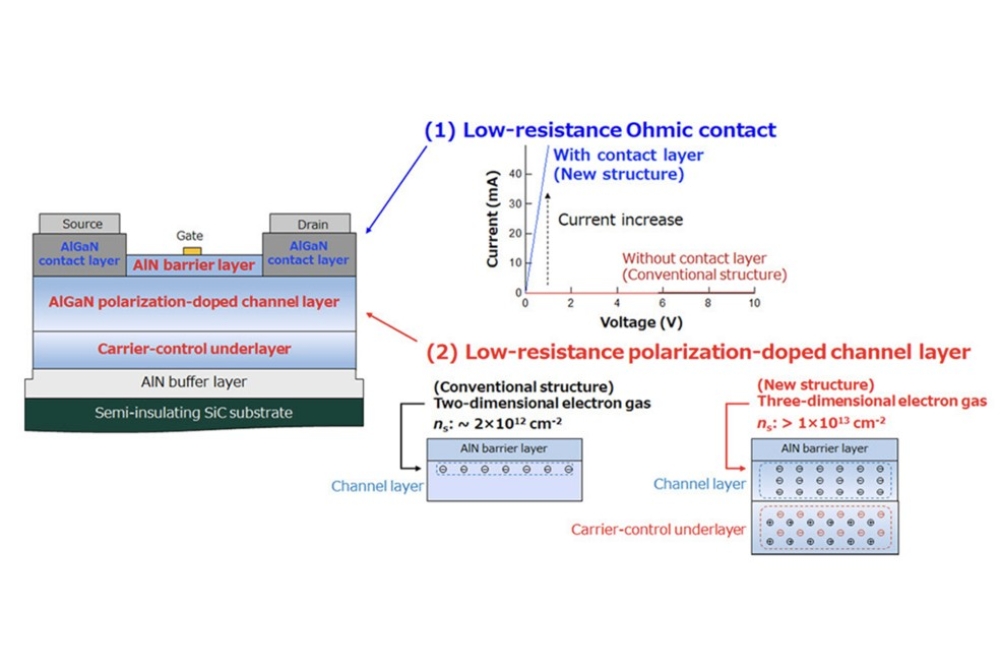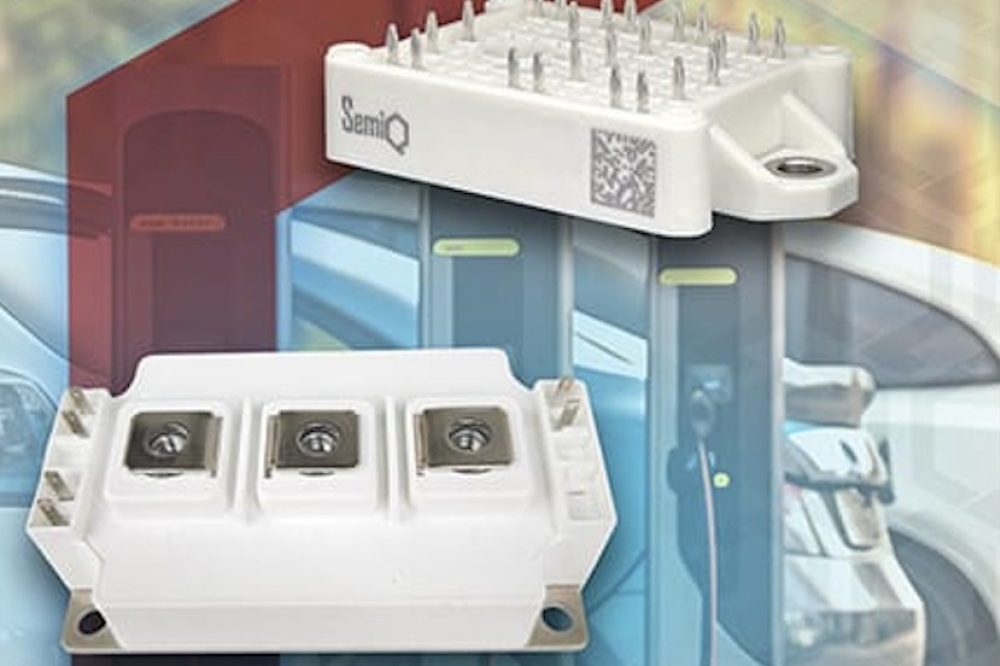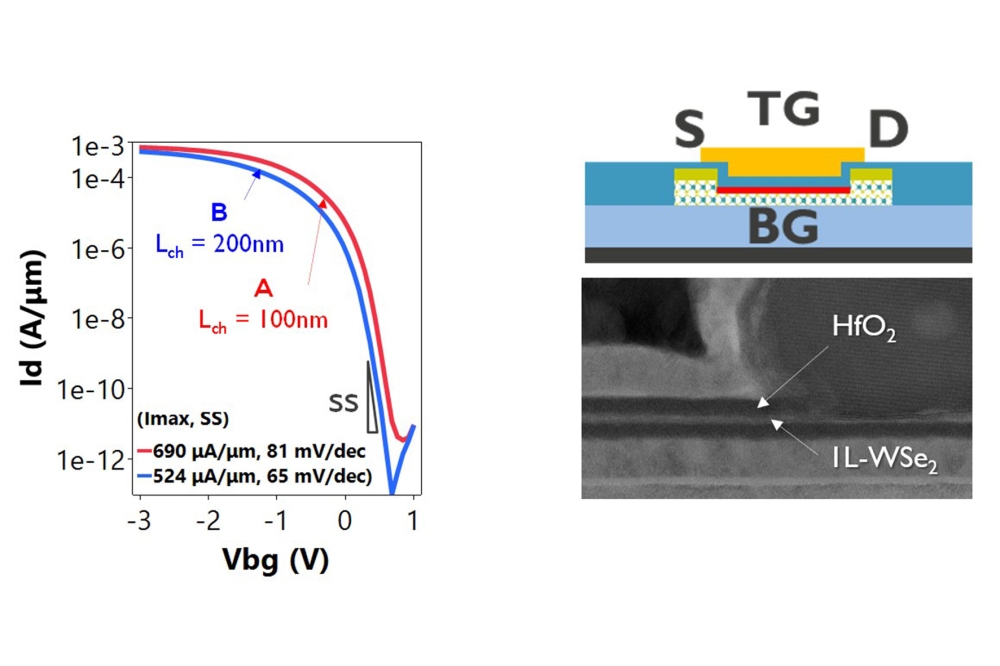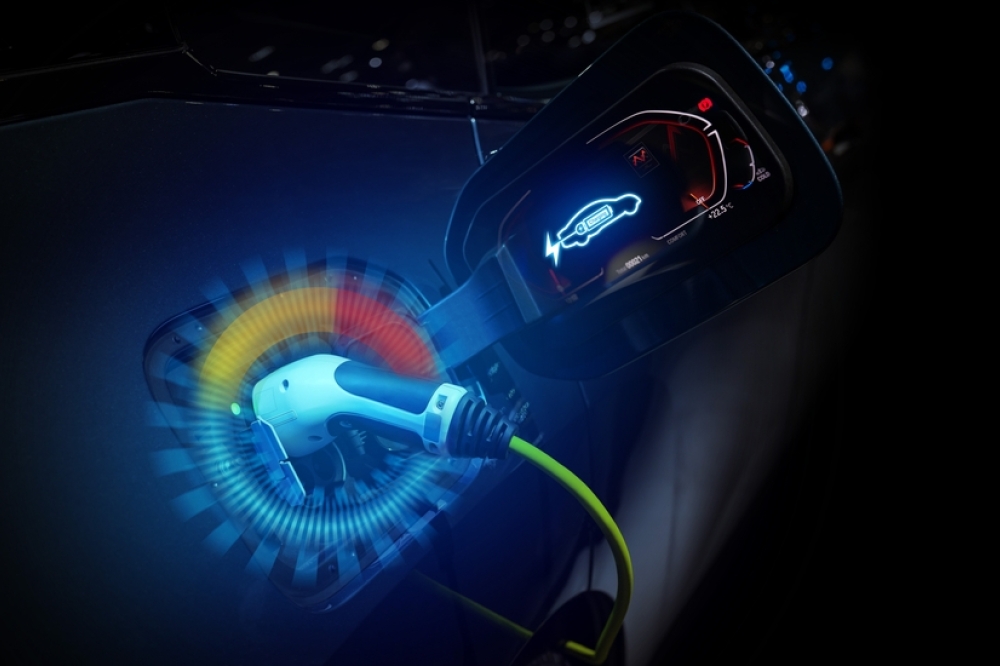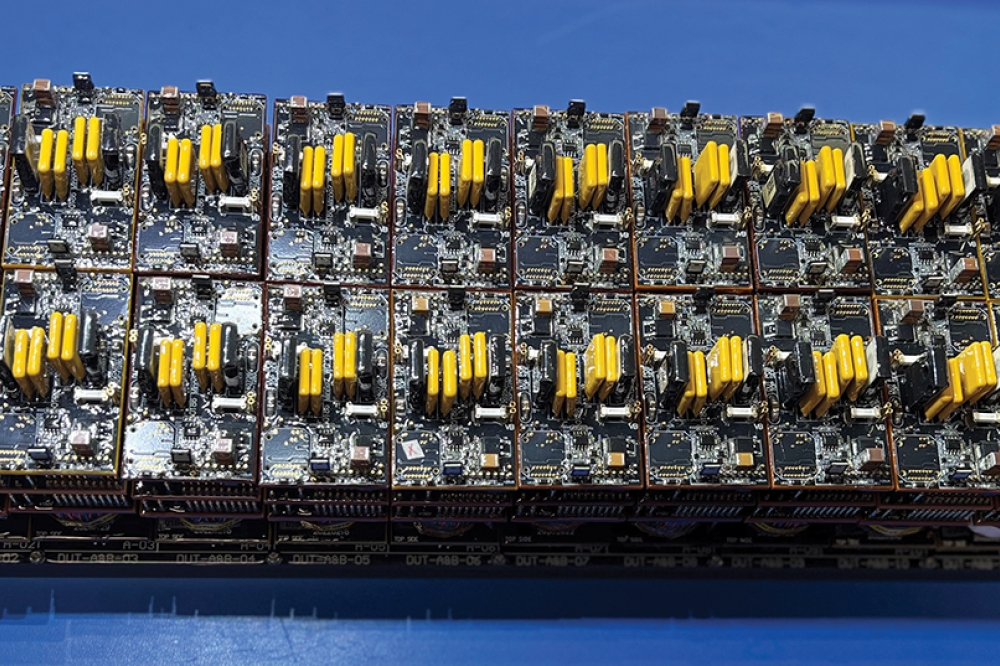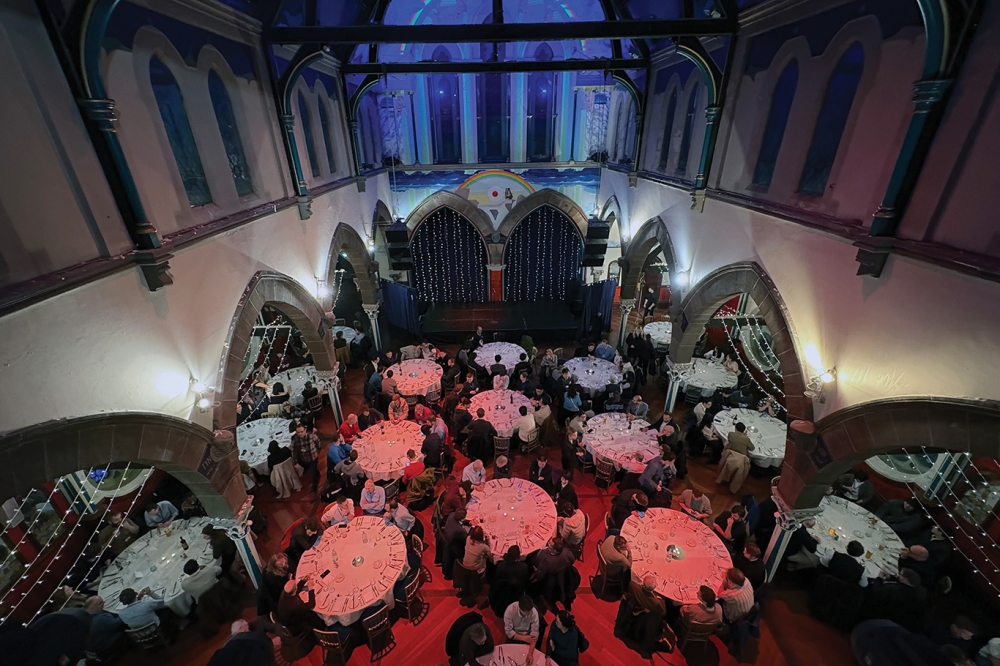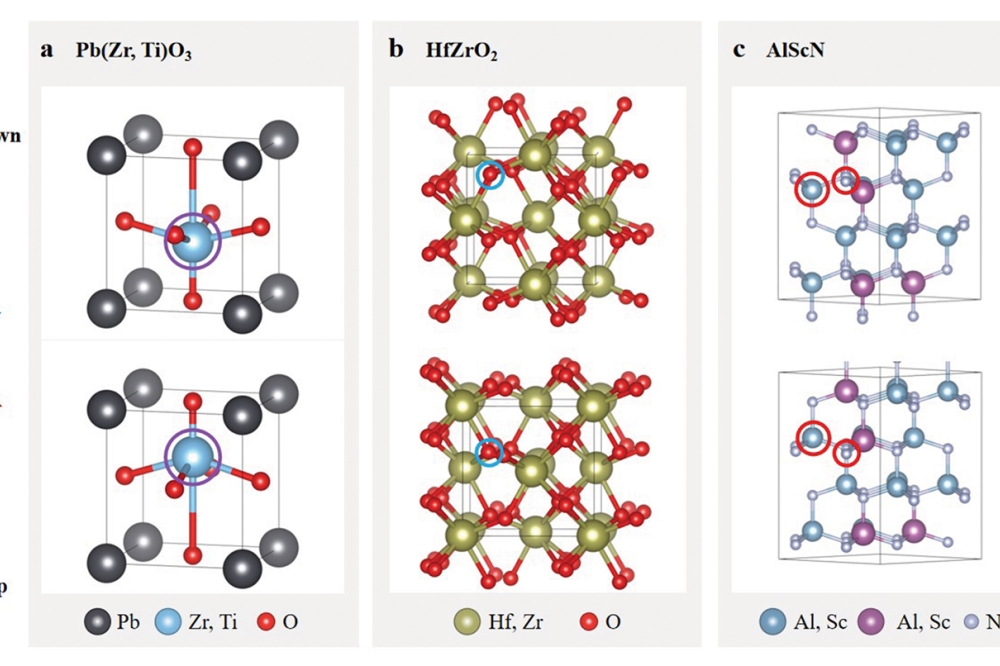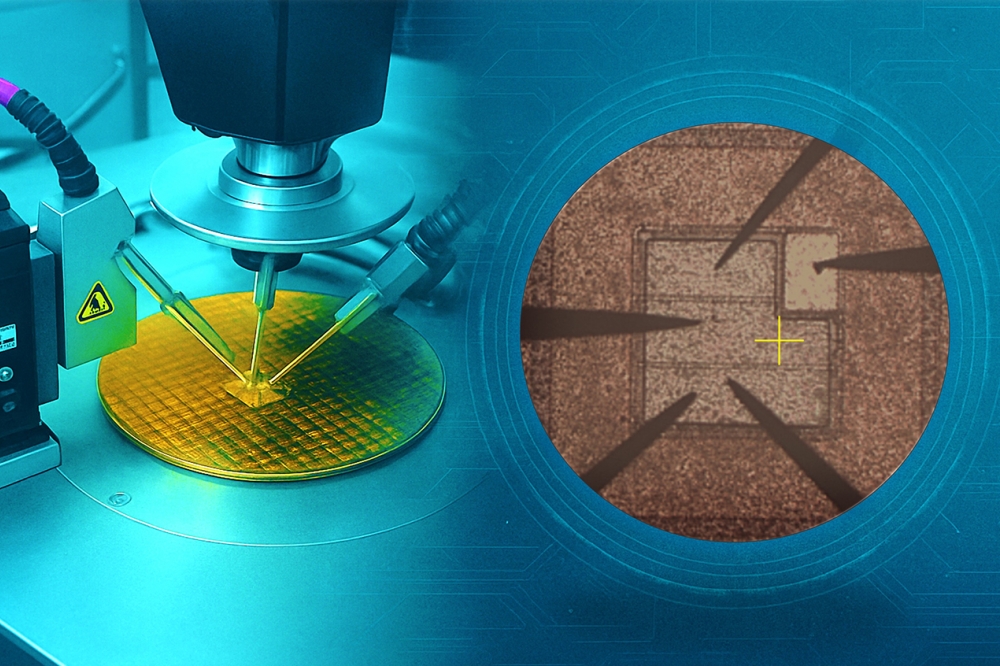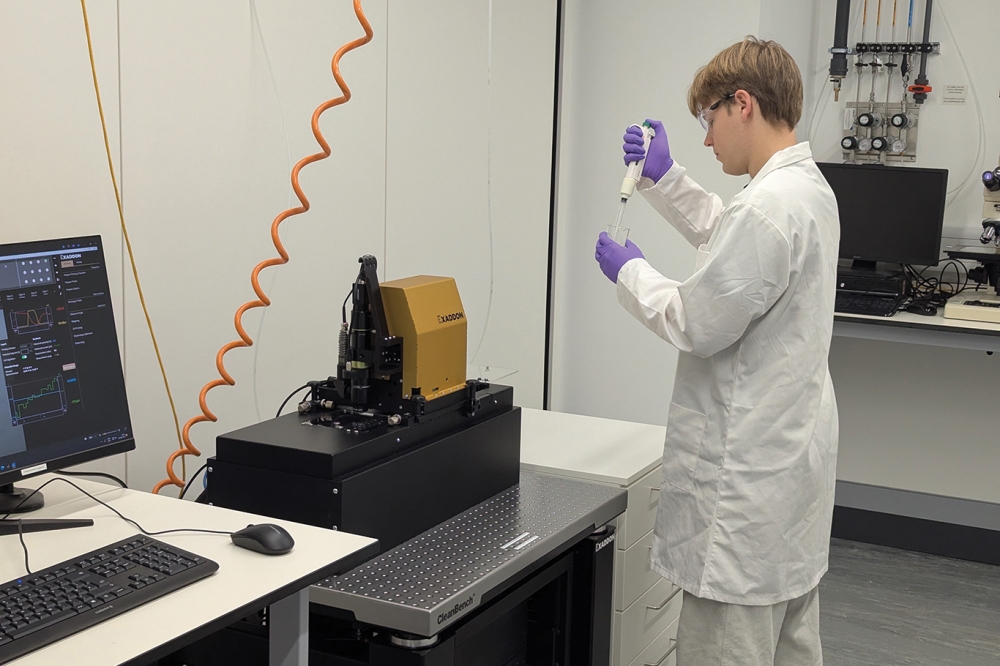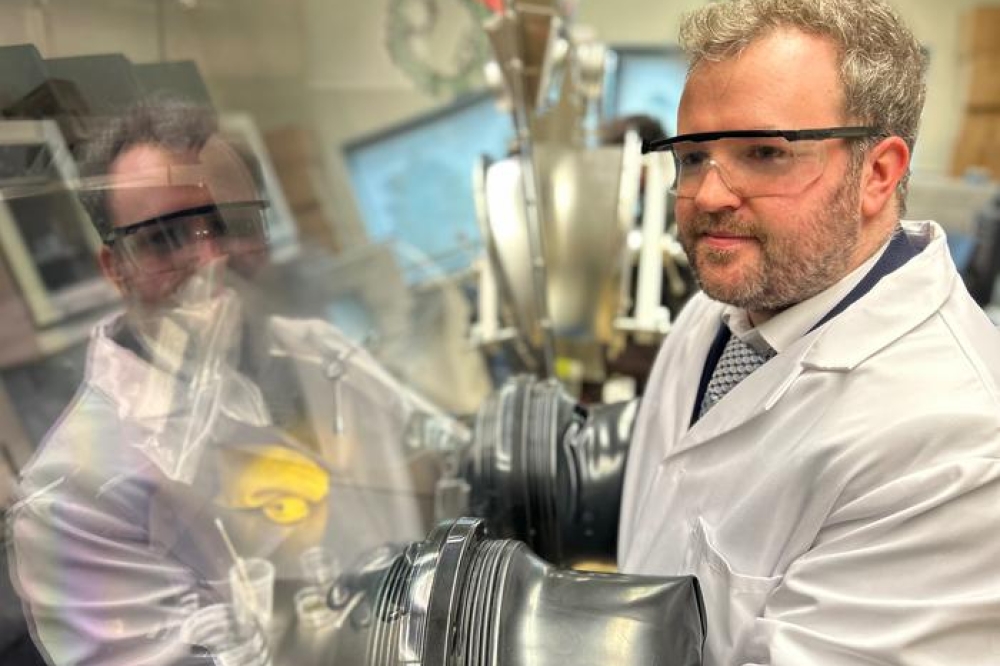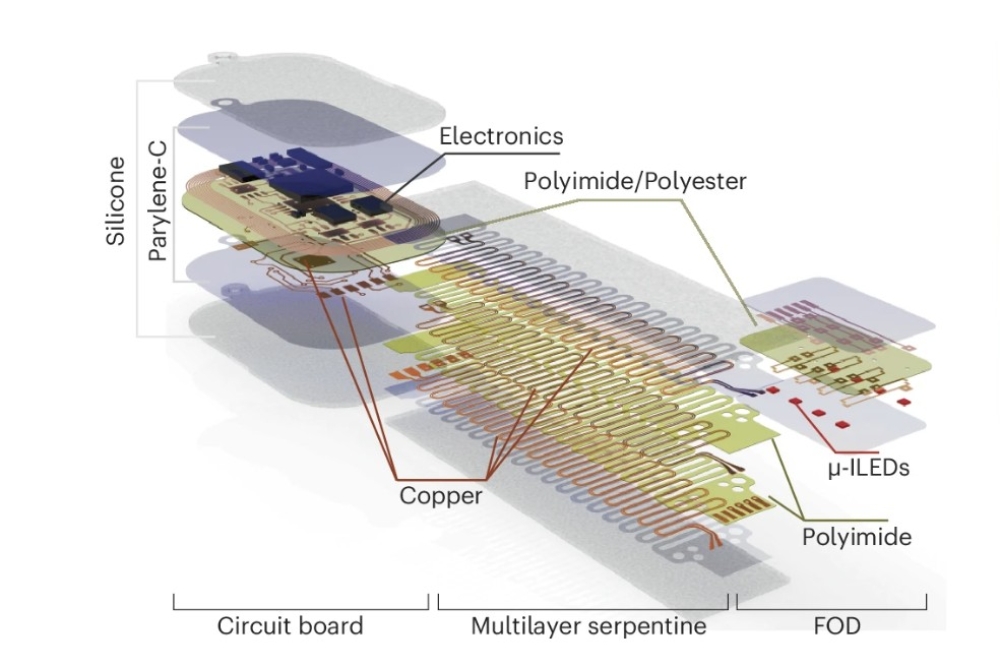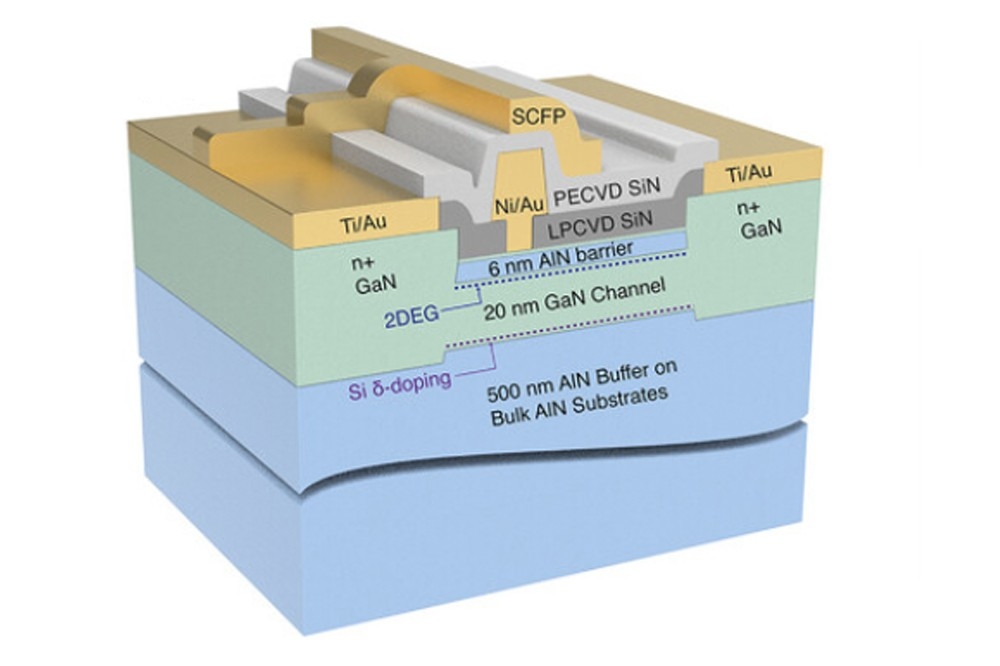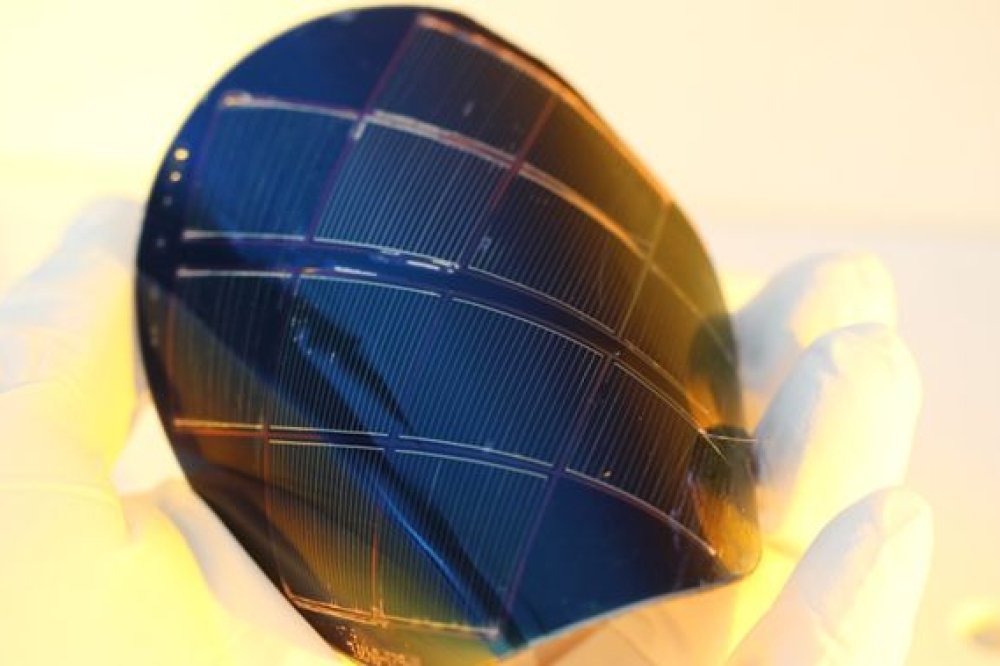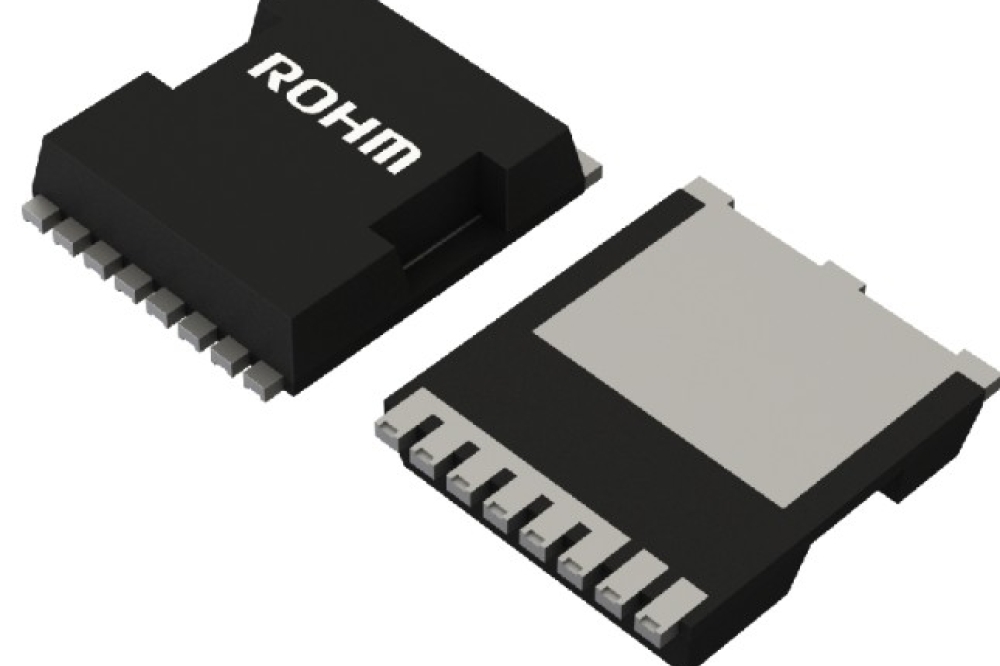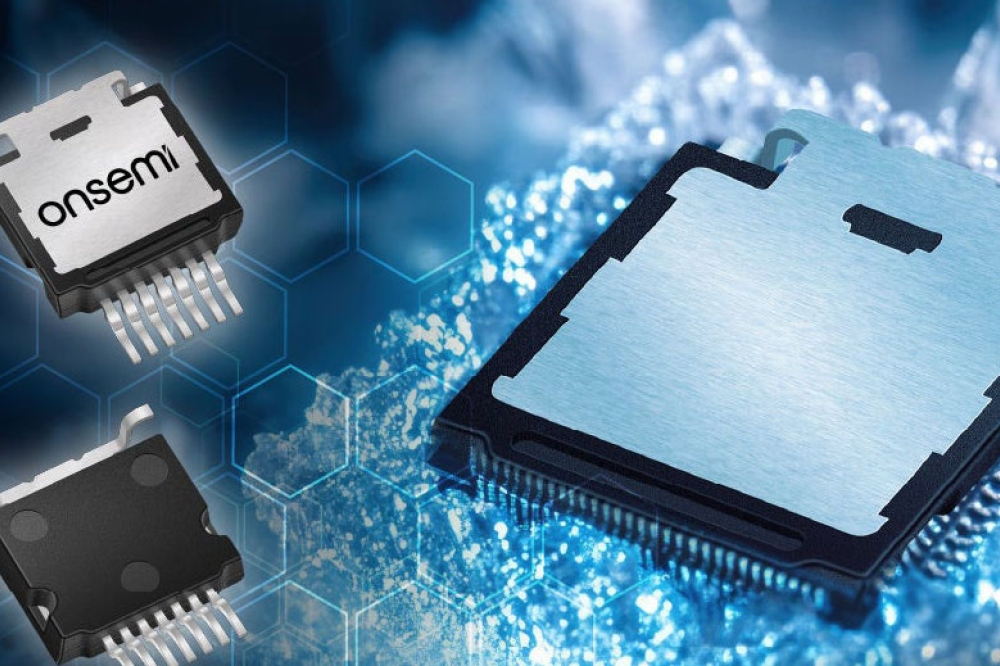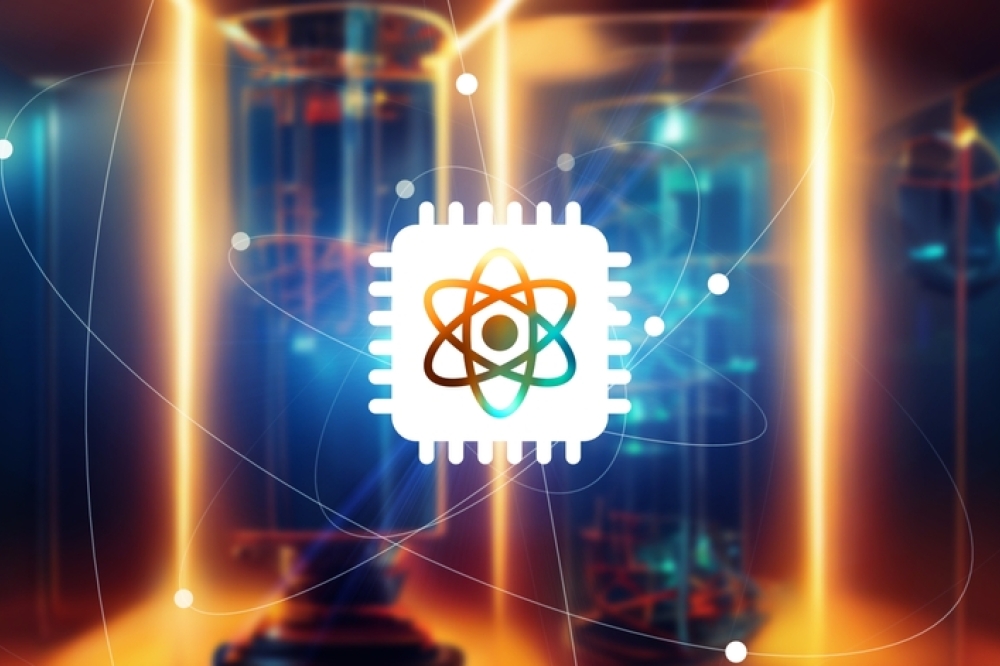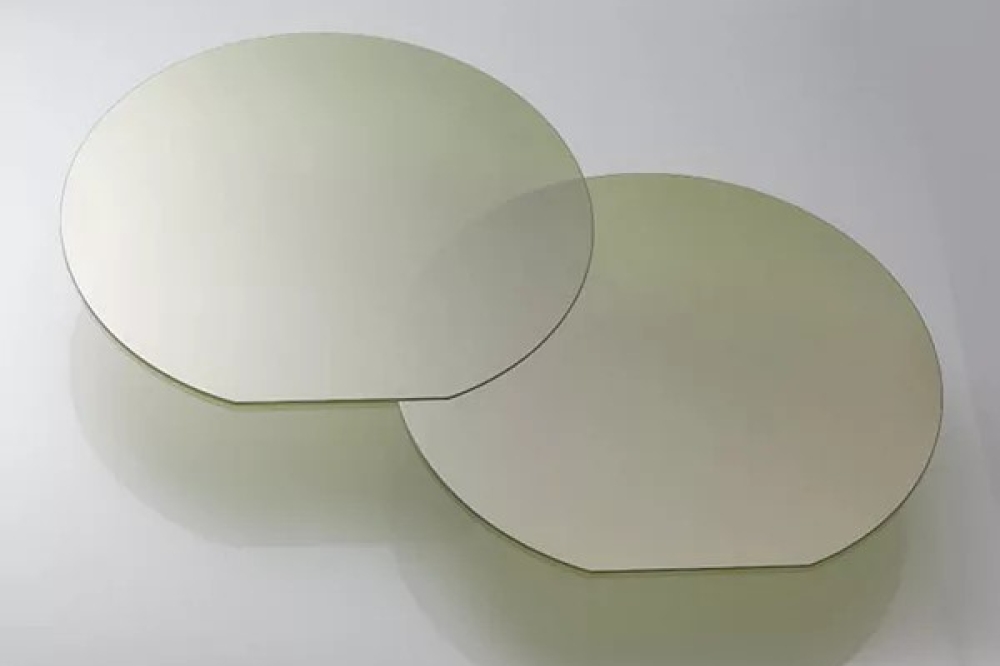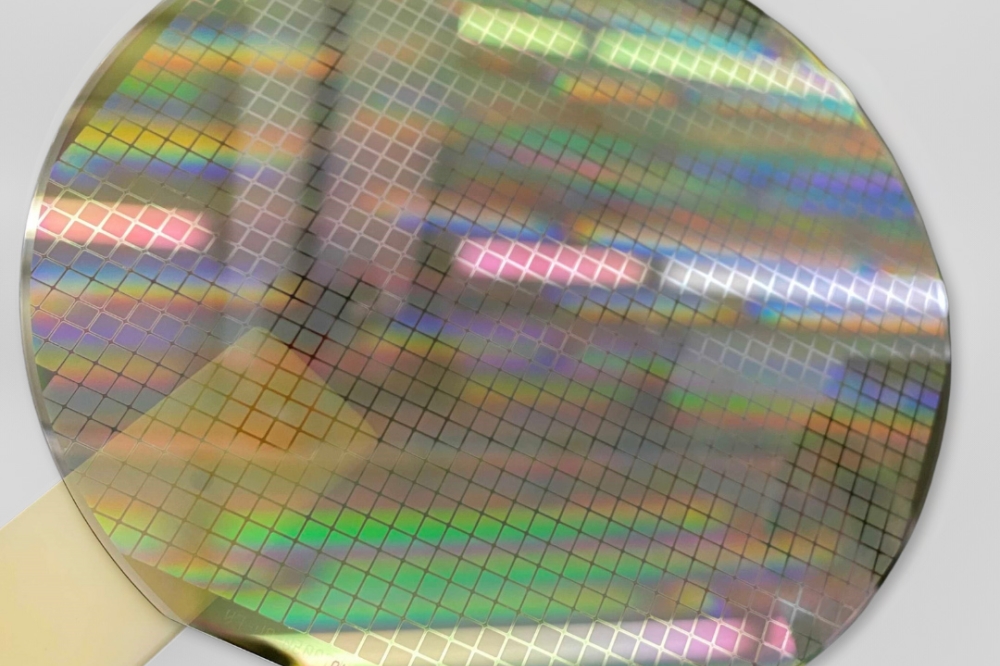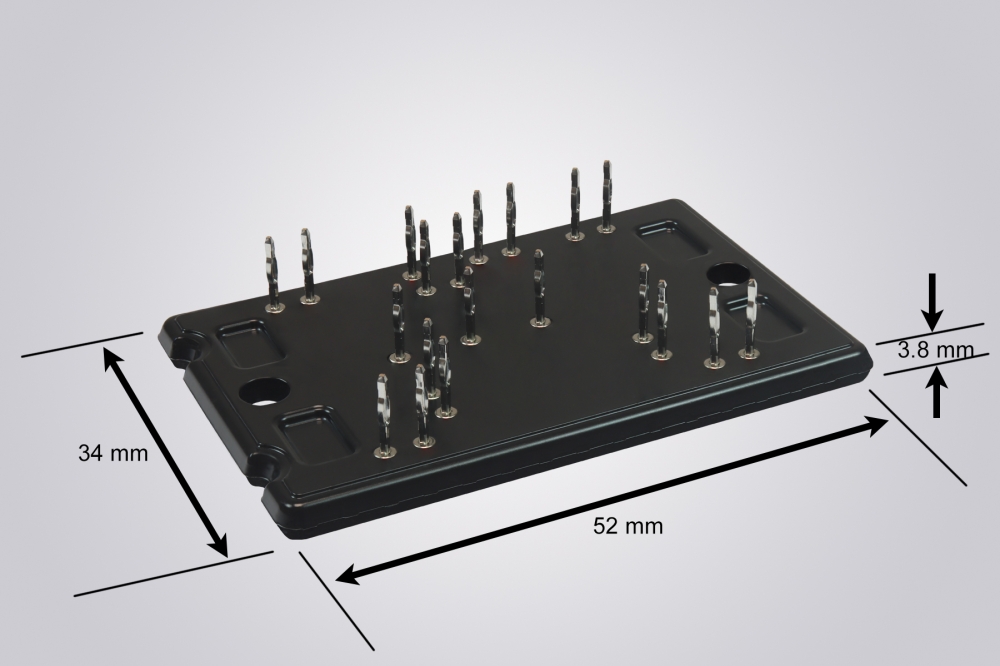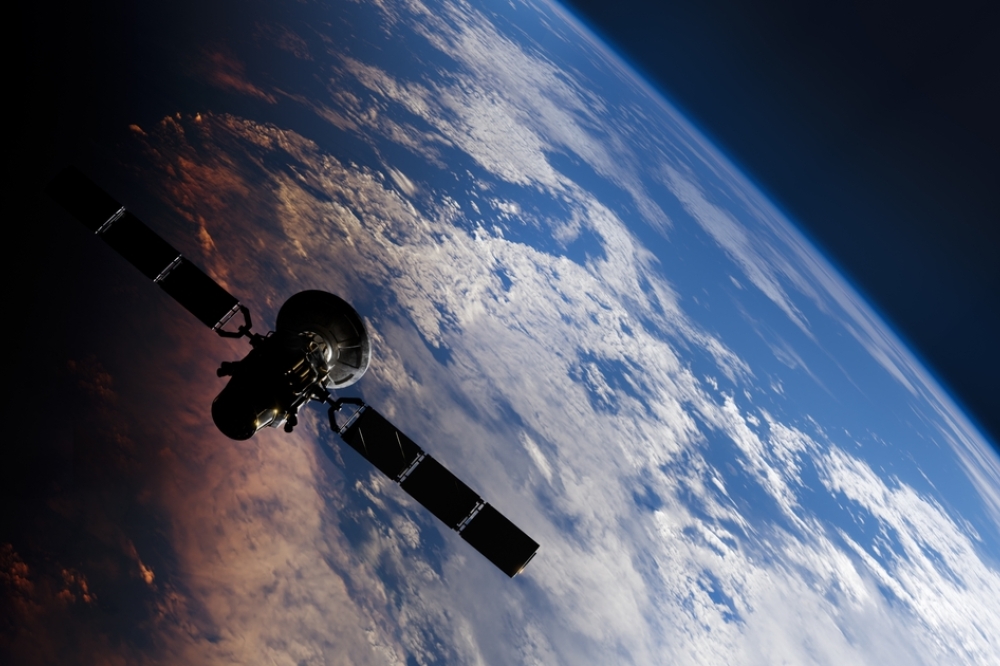Launching SiC into space

For future space missions, makers of electrical systems need better power devices, a requirement that’s met by SiC.
BY ANTXON ARRIZABALAGA FROM THE EUROPEAN SPACE AGENCY (ESA)
We are going back to the moon, and this time we are going to stay there. Ensuring success is the Artemis programme, a collaboration between the European Space Agency (ESA), NASA, and other international and commercial partners. Together we will establish the first long-term human presence on this celestial body.
Critical to this success is a number of breathtaking technologies. They include: Gateway, the first space station orbiting the moon; lunar landers, such as Argonaut, able to ship cargo, infrastructure, heavy machinery, rovers, and power stations; and lunar habitable modules, already under development. While all these missions have differing objectives, they share a significant strand: the need for high-power.
Figure 1. The organised phases of the project, together with the number of companies participating in each one. Two companies did not answer the first contact email, while two other companies dropped out after the first meeting with them. One of the companies told us they mainly focus on low-power applications, and they are satisfied with the current available power device technology. The other company participated actively in the meeting, giving positive feedback, proposing ideas and even providing further information in the following months after the meeting. However, they failed to send back the filled-in form with the requested specific information. We sent a reminder, but they still did not send the form, so even if we included their feedback in the documentation, we considered them as dropping out. We were contacted by this company again after the technical talk in ICSCRM 2024, asking for follow-up information, which we gladly provided.
Detailing the problem
Needing high power is a major issue, because space-qualified silicon power devices are unable to provide the technical requirements demanded by these high-power missions. Due to this inadequacy, the space power industry is searching for superior alternatives to replace them.
At the ESA, like many other organisations in the space power industry, we have noted an exceptional rise in interest and deployment of SiC power devices, and we have been investigating whether this could meet our needs. Unfortunately, there are no space-qualified SiC power devices on the market today, because producers of wide bandgap transistors and diodes are directing nearly all their attention at the huge automotive industry. Up until now, the general feeling has been that the space market for SiC is too small to generate a business case. But with the recent demand for high power, this is about to change.
To simplify the job of the SiC manufacturers and ensure fast adoption of these devices by the space power industry, we have been talking to the leading space power companies in Europe. During these discussions, we have focused on establishing a clear idea of their needs, identifying potential applications, classifying the main technical drivers, and opening a new market for SiC manufacturers. Drawing on all that we have learned will enable the design of optimised devices for specific applications, making the technological transition seamless for the space industry and their adoption of these devices faster. In addition, this chain of events will create a clear business case for SiC manufacturers.
Figure 2. The power architectures of satellites include several power
conversion and distribution stages. Each regulator is a converter,
usually based on several devices. Specific loads might require secondary
distribution lines, with their own DC-DC converter to regulate the
voltage to the required level by the payload. Each one of these
electronic systems requires an increase in power for the future
missions, providing the space industry with the opportunity to introduce
SiC devices in their designs.
We organised our project in five phases. Efforts began by making an initial contact with the most important European companies. We then continued with individual meetings, the filling-in of specially designed forms, and gathering, classifying and documenting all the information. The final phase, divulgation, has involved reporting our findings to the SiC community using various platforms, including this publication. As part of this effort, we delivered an extended talk in a technical session at the most recent International Conference on Silicon Carbide and Related Materials, held in Raleigh, North Carolina, last autumn.
What does industry need?
After gathering and collating information from various companies, we had to classify it to ensure public access to this huge resource. We based our first classification according to industry needs.
One of our key findings is that the space industry needs to increase the power level of its systems, without losing performance. This can only be accomplished by increasing either the voltage of the system, its current, or both. Mainly due to limitations in the blocking-voltage capability of space-qualified devices, together with other technologies, increasing the current is the most common approach. Unfortunately, it’s not possible to succeed on this front with state-of-the-art space power device technology without impacting performance.
What the space industry needs is ‘bigger’ devices, with a higher blocking-voltage capability and a higher rated current, strengths that will allow the handling of more power in a single device while maintaining the performance figures provided by low-power systems.
Note that the space industry already has high-power solutions. How do they do it? It’s through unwanted compromises, such as slow high-current devices or paralleling several lower-current ones. These approaches lead to complex layouts, high volume and lossy systems. Due to these weaknesses, the space industry is keen to improve the performance of already existing high-power systems. What this means is ‘better’ devices, operating at a high voltage with a lower conduction resistance, and at high current with improved switching characteristics.
Figure 3. The most mentioned applications among all the responses and
feedback to the ESA from industry. During this information-gathering
exercise the ESA ensured that industry made it clear what were the main
drivers they wanted to be optimised in each application. The ESA has
also detailed the technical requirements that the new devices need to
fulfil to make a positive impact in each main driver.
Which applications?
Space systems are nothing more and nothing less than systems that provide autonomous energy generation, storage, distribution and consumption. They can be thought of as a microgrid, working in island mode, in either orbit or in space.
As is the case with any autonomous energetic system, the generated electrical power must be transformed, distributed, and transformed again, before it is either stored or consumed by the payloads – those are the end users of the satellites or space systems. DC is used for power generation from solar arrays, storage with batteries, and consumption by most payloads.
Generation with solar arrays, storage with batteries and consumption by most of the payloads is done in DC. To carry out the various tasks required in space, there is the need for power conversion, predominantly involving DC-DC converters based on the power devices we study. If the power of the payload increases, so does power generation, and in turn the power of the converters providing power conversion and distribution.
The space industry is considering SiC for the main DC-DC converters in satellites, the solar array regulator, the battery charge and discharge regulators, and the converters supplying the payloads. All of these DC-DC converters will have to be high-power and high-voltage. In addition, these DC-DC topologies will tend to need to include a rectifying stage. Regardless of whether this rectification is realised by diodes or synchronous active switches, these devices will need to match the high-voltage and high-power levels of the application. SiC will also play a vital part in the rectification.
Figure 4. Packaging should be an enabler in a power device. As each
application has its own main drivers, the devices used in them should
also adapt to provide the required performance figures, together with
the packaging. Moving from discrete components, where the cooling of die
is done individually, industry sees the opportunity to introduce
popular power modules, integrating more than one device. For very
high-power applications, cooling of the die is optimised through a
thermal plate, which conducts heat directly to the cooling system. For
high-frequency applications, where parasitic components gain importance,
the burden of creating good layouts is taken off the power engineers if
the power modules already optimise the connections between the
switches.
Latching current limiters, traditionally based on silicon p-type MOSFETs for control simplicity, are used to manage the distribution and payload current limitation. However, the performance of these devices degrades drastically under high voltages, and they are very limited in current, so high voltages and high powers are not feasible with this technology. Alternatives that have warranted attention include n-type MOSFETs, even involving switched configurations based on GaN devices. However, as voltage and power requirements in the distribution increase, the appeal of SiC enhances. The space industry is interested in using SiC for high-voltage and high-power latching current limiters in the near future, to enable high-power distribution.
There is also a growing demand for high-power electric motor drives, mostly related to lunar landers and heavy machinery. These specific converters are not common in satellites, but they operate with similar concepts, having a dedicated battery. Due to voltage limits, these motor drives have to be very high-current systems. Even if they only operate for short periods of time, they have performance requirements that are very hard to meet with today’s silicon devices.
It would be remiss of us to not mention very high-voltage applications. These are rare, involving the use of several hundred volts to supply power to scientific equipment or propulsion units. If very high-voltage distribution is needed, this requires specific very high-voltage systems, such as current breakers. For all of these applications, specific main drivers should be optimised, improving determined technical requirements.
What about packaging?
Every package should be an enabler, and never a limiting factor on the operation of power devices. To ensure that this is the case, the package must be considered from the very beginning of the design process, to ensure that it provides all the functions required in a particular application.
Once the target application of a new product is defined, its manufacturer must identify the main drivers and start working on the package, to ensure it is designed accordingly. This approach can be a game-changer for the adoption of a new product by industry.
It is in the low switching frequencies where we tend to find the highest power applications, such as high-power motor drives. Here, several tens of watts may be generated in the form of heat – and this needs to be removed from the die. The space industry is looking for a specific high-power package with an optimised thermal plate, directly connected to a cooling system, to ensure a low thermal impedance path.
Meanwhile, in applications requiring a high switching frequency, the devices that are deployed have the lowest gate charge and thus the fastest switching dynamics. As this leads to rapid changes in current and voltage in the converter, the package cannot have long bonding wires and connections, because that would create current loops that insert several nano-Henries into the switching loops. In this case the package must be designed to ensure the best layout and trim inductance in the switching loop, as this will prevent undesired ringing and overshoots during fast switching.
Will industry adopt SiC?
The key to answering the question of whether the space industry will adopt SiC is to first understand how it operates. Understandably, this industry is heavily reliability driven. Due to this, there is openness to applying minor changes, if they offer demonstratable performance gains; but there is great reluctance to applying big changes to systems. The space industry loves to keep using its well-tested, reliable systems with a wide flight heritage.
Knowing this, it is clear that a new device has a much better chance of early adoption if it can be deployed in a conventional system. In the case of our power devices, this means operating SiC devices with space-qualified, well-known drivers and peripheral technology, such as the PCB, capacitors and connectors. Taking this approach reduces the development effort, time and cost for the space power electronics makers, while increasing the confidence level in their new product.
The approach to introducing SiC should be based on offering performance-enhancing innovations, as this addresses the two primary needs of the industry, which we have already discussed (to recap, they are increasing the power level of the system without diminishing its performance, and improving the performance of already existing high-power systems). It is critical that these performance enhancements impact the main drivers of the target application, without changing any peripheral technology.
However, while this approach is the best way to ensure a fast and seamless adoption of SiC technology by the space industry, it is detrimental to the performance of these wide bandgap power devices. That’s because using space-qualified drivers for SiC, rather than those that are specially optimised, impacts the performance of the power device, limiting the benefits that can be enjoyed. It is crucial to test the performance of this setup that’s not been optimised for SiC, and compare it to the state-of-the-art system. The degree of success in these tests will define the adoption of SiC by the space industry.
Figure 5. The ESA has developed two testing platforms. One is for
discrete components and the other is for high-power modules. In both
platforms, all peripheral technology is space-qualified, including the
drivers. Proving performance gains with SiC power devices, while still
using well known space-qualified peripheral technology, will increase
the acceptance of the new technology, accelerating its adoption. This is
being tested in space operation conditions in ESA labs, with
satisfactory results, increasing knowledge and the device’s technology
readiness level.
What is ESA doing?
At the ESA, we are advancing the technology readiness level of SiC devices in space applications, and testing their performance in space operation conditions. We have developed two testing platforms for these tasks: one is designed for discrete components, and the other is intended to test high-power half-bridge SiC modules.
Both these platforms have the same objective, which is to show the space industry that it is possible to obtain performance gains with SiC without having to make major changes to the system. By only using space-qualified, well-known drivers and peripheral technology in our two platforms, we are following the approach that the space industry wants for early technology adoption.
In the discrete component platform, the power device is replaceable. It is possible to solder both space-qualified silicon and industrial SiC in the same system. With this platform, engineers can compare conduction and switching performance under the same operating conditions for both technologies. With the high-power platform, we are able to replicate the high current operation condition of the high-power motor drives.
Successful testing could lead to one high-power half-bridge SiC module replacing up to eight space-qualified silicon MOSFETs, a move that can introduce substantial gains in the system. Again, all the peripheral technology is space-qualified for a fair comparison, and to ensure a seamless adoption by industry.
As mentioned before, our activities extend to actively presenting our results, and sharing them in written and spoken forms. We are also offering assistance to interested companies, as well as guidance to the SiC manufacturers.
In addition, the ESA is funding space-qualified SiC development projects. They include EPOSiC, which is targeting the development, manufacture and full space qualification of a 300 V 50 A half-bridge SiC module that’s manufactured completely in Europe. This ambitious project shows our agency’s commitment to developing technology that will take us back to the moon and allow us to stay there.
In the meantime, we will focus on launching SiC into space. As W. Clement Stone said: “Aim for the moon. If you miss, you might hit a star.”



